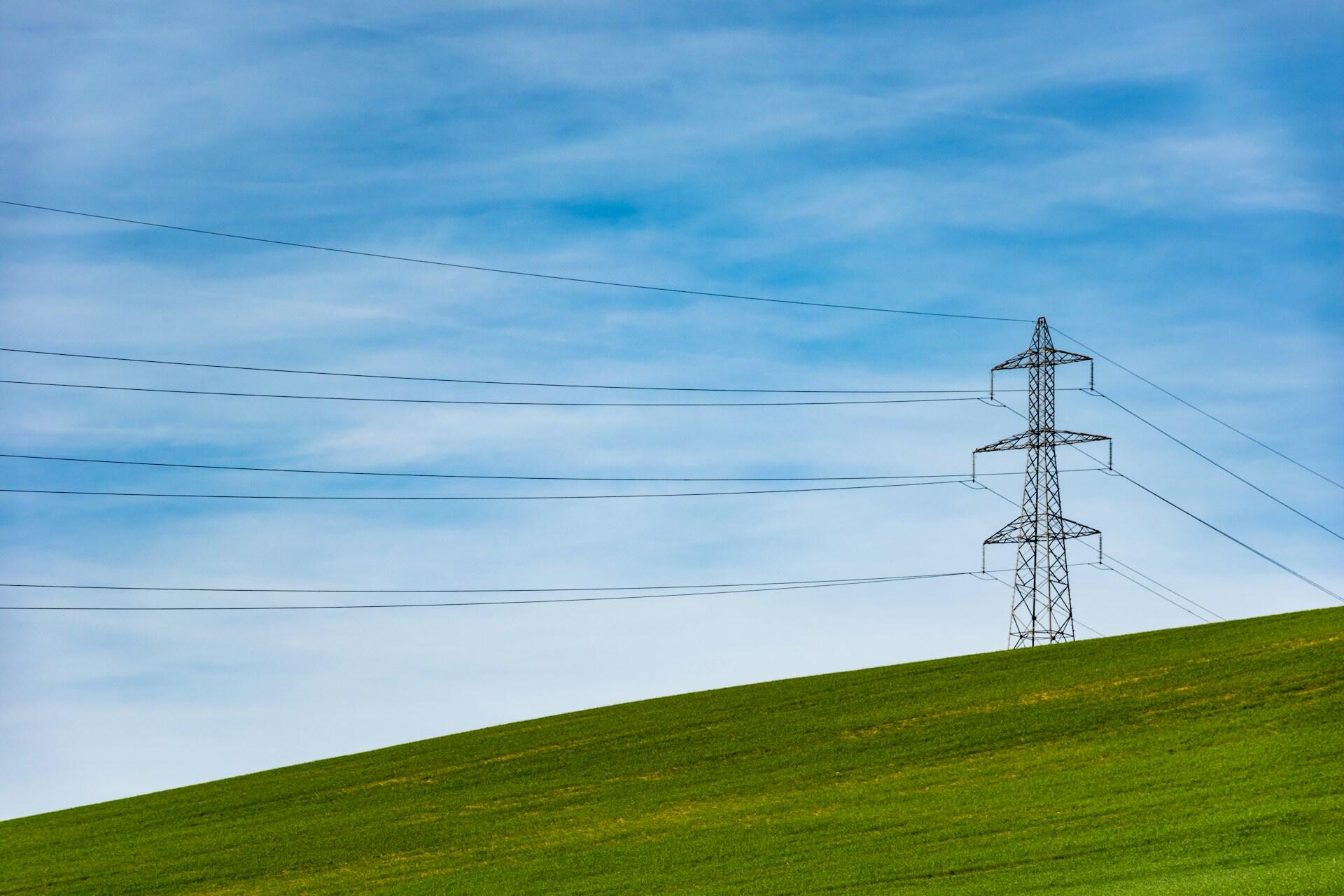The future is green energy, sustainability, renewable energy.
Arnold Schwarzenegger
According to the International Institute of Sustainable Development, Canada's stand to transition into clean energy consumption through various renewable energy sources is set to transform the country's electricity sector and benefit many Canadians in the long run. As the government sets its goal to achieve a net-zero electricity grid by 2050, let's review the following key points:
Electricity production and supply in Canada
- Source of electricity generation in Canada
- The reasons for high renewable energy demand
- Impacts and challenges of transitioning into renewable energy
- Future of energy and sustainability landscape in Canada

Overview of Electricity Generation in Canada
Generally, electricity generation in Canada relies greatly on a mix of renewable and non-renewable sources to meet the consumption demands of fellow Canadians across different provinces and territories. In fact, the Independent Electricity System Operator (IESO) recently forecasted that electricity demand in Ontario, the country's most populous province, is expected to grow 75 per cent by 2050.
A higher electricity demand indicates the need for increased energy production, especially to support long-term economic growth and sustain both the domestic and commercial sectors. Here's a breakdown of renewable and non-renewable sources commonly used in Canada to produce electricity.
⚡✅Renewable sources
- Hydroelectricity (Highest percentage)
- Wind power
- Solar power
- Biomass
- Tidal and geothermal
⚡❎Non-Renewable sources
- Nuclear Power (Highest percentage)
- Coal
- Natural gas
- Petroleum
Did you know that Canada is one of the top countries in the world with the largest hydropower generation capacity? Based on statistics released in 2023, Canada generated 365.39 terawatt hours of hydropower, finishing third behind China and Brazil.
Renewable Energy As A Growing Force In Canada
The development of electricity generation in different locations of the country can vary for several reasons, especially in terms of policies from federal and provincial governments and the availability of natural resources.
In terms of federal government support, Canada has been super committed to developing the renewable energy sector to generate clean electricity through policies and legislations such as the Clean Electricity Strategy and Clean Electricity Regulations.

As for provincial government support, there are also assistance and policies to offer the necessary strategies to empower clean electricity generation by reducing carbon footprint or fossil fuel emissions. The list of policy examples is as shown below:
Based on the data released by the Canada Energy Regulator, here's a table outlining how each province in the country mainly generates electricity from both renewable and non-renewable sources.
The above data shows that diverse sources of renewable energy optimization are present in every Canadian province, as Canada aims for a successful clean energy transition and reduces its reliance on fossil fuels in the coming years. Meanwhile, don't forget to review some of the biggest wind energy projects in the country.

Key Benefits of Renewable Energy Development in Canada
The decisions behind these policies and the progressive development of energy sources highlight two important ways the country can benefit: economically and environmentally.
📈Economic benefits
Firstly, renewable energy development in a country can lead to more job opportunities in various sectors, ranging from research and development, engineering, manufacturing, and even banking and finance. As Canada positions itself as a country as a world leader in the production and use of energy from renewable sources, it will attract a fair share of investments in clean energy-related projects, especially from both the federal government and global corporations.
For instance, Honda is set to build an innovative and world-class electric vehicle assembly plant in Alliston, Ontario. Upon its completion in 2028, it is set to offer over 1,000 manufacturing jobs in the province.
Secondly, this development of our very own renewable energy sources can lead to greater energy independence and security. This means Canada can reduce its import of fossil fuels from countries like the United States such as crude oil, natural gas, and petroleum. With advancements in technology enhancing renewable infrastructure to be more self-sufficient, sustainable, and accessible, electricity costs for Canadians could decrease due to optimized operational expenses.
🌱Environmental benefits
Next, let's move to the environmental benefits of powering renewable energy in Canada. The most direct environmental impact is certainly the reduction in greenhouse gas emissions. For many years, the constant combustion and consumption of fossil fuels to generate energy has been the largest contributor to greenhouse effects and global warming. The usage of renewable energy sources such as solar energy, and hydroelectricity generates close to zero gas emission.
Besides effectively reducing greenhouse gas emissions, the country's overall air and water quality will also improve due to a decreased reliance on crude oil extraction and fossil fuel combustion for power generation — significantly benefiting public health. There's also less need to worry about the depletion of natural resources in the country.

Challenges of Adopting Renewable Energy in Canada
There have been many initiatives by the Canadian government to advocate for clean energy optimization in the country. Nevertheless, challenges do persist to make sure these sustainability goals are achieved by 2030, which is not too far from now.
💡Challenge 1: Supply chain management for upcoming projects
Canada relies greatly on trade in renewable energy projects to sustain their projects operationally and financially. According to the report by the Canadian Energy Centre (Trade Data Online), the country imports most of their solar panels from Vietnam and China and imports most of the wind turbines from China and Germany in 2021.
It matters to have a stable global supply chain as it can be vulnerable during unforeseen circumstances such as the pandemic, which causes delays within the planned timeline. Certain specialized equipment and materials can also cause a longer procurement period due to scarcity, which may lead to potential issues in logistics and transportation arrangements later.
💡Challenge 2: High initial investment costs
It is undeniable that many renewable energy projects have high upfront capital investment, going up to billion of dollars sometimes. Building these energy facilities from scratch whether it's to power hydroelectric farms, solar farms, or electric vehicle charging stations all need solid funding for full completion. The prices of equipment are not cheap either.
In 2024, the government recently announced the plan to build an off-grid solar project at Ulkatcho First Nation to reduce the reliance on diesel energy generation with a combination of these combined investment funds:
- From the federal government: $11,880,750
- From the provincial government of British Columbia: $2,376,150
- From Ulkatcho First Nation: $818,300
- From British Columbia New Relationship Trust: $765,800
Upon completion will be the largest off-grid solar project in Canada
💡Challenge 3: Regulation of land and resource use
Renewable energy projects require the consumption of large land areas, and it might cause conflicts among those who are working in the agriculture industry or developers who plan to work on a residential property site.

For instance, there has been growing resistance to the proposal of building 25 wind turbines for a new wind power project among the residents and conservation groups in Alberta last year.
Many argue that there needs to be balanced reviews of environmental assessments across the provinces to ensure the present ecosystem will not be greatly affected, and to not impact the livelihood and quality of life of the residents.
What To Expect For The Future Of Canadian Energy Sources?
Despite the challenges of the renewable energy industry, there are still reasons to remain hopeful for the future of clean energy development and sources. Some of the trends that we can anticipate include growing financial investments from the federal, and provincial governments, with increasing collaboration from the private corporations which specialize in clean energy.
There will also be increased attention in terms of advancing the technology of renewables and upskilling the manpower to meet the transformative demands of the industry. For example, improving the capacity of the batteries' charging speed, and lifespan of batteries for the production of electric vehicles.
Up-skilling the manpower relies a lot on specific education to cultivate expertise across different sectors, whether that is in terms of engineering, technical maintenance, research and development, or even climate policymaking.

For those who are interested in learning more about the prospects of renewable resources or the demand in this industry, we highly recommend you connect with an experienced and qualified tutor at Superprof. Here, you get to learn the theoretical and practical side of renewable energy in Canada at your own pace and preferred learning mode. It's also an affordable, flexible learning option where you get to choose your tutor based on your preferred maximum budget!
Feel free to check out the wide selection of tutors and be one step closer to a world where clean and renewable energy powers a sustainable future!
















